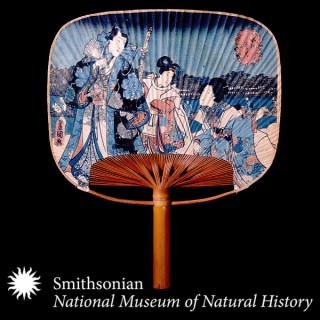
19th Century Anthropology Collections
Follow 19th Century Anthropology CollectionsSix Smithsonian anthropologists relate the fascinating stories of how the Smithsonian came into possession of important, early collections from around the world and their value for research and local communities to this day. These collections were developed by international explorations and field st…
Smithsonian Institution National Museum of Natural History
- Dec 15, 2011 LATEST EPISODE
- infrequent NEW EPISODES
- 5m AVG DURATION
- 6 EPISODES
More podcasts from Smithsonian Institution National Museum of Natural History
Latest episodes from 19th Century Anthropology Collections

The Smithsonian is a beneficiary of diplomatic gifts from foreign governments and the range and significance of the many gifts is explained by Anthropologist Deborah Hull-Walski.

19th century anthropologist James Mooney conducted outstanding research, especially among the Kiowa and Cherokee Indians with whom he lived, relates anthropologist JoAllyn Archambault.

Edward Nelson’s 1877-1881 Western Alaska Expedition was the beginning of the Smithsonian’s close collaboration with Arctic peoples to this day, as told by Curator William Fitzhugh.

The U.S. Exploring Expedition (1838-1842) collected many one-of-a-kind cultural objects, as told by Curator Adrienne Kaeppler.

Uncover the mysteries of the moundbuilders as Curator Bruce Smith describes Smithsonian research conducted in the 1880s that answered the question of who built the ancient earthen mounds in eastern North America.

Frank Cushing lived with the Zuni Indians of New Mexico, immersing himself in their culture, and significantly contributed to our knowledge of Zuni material culture, as explained by Curator Gwyneira Isaac.

















